PURPOSE
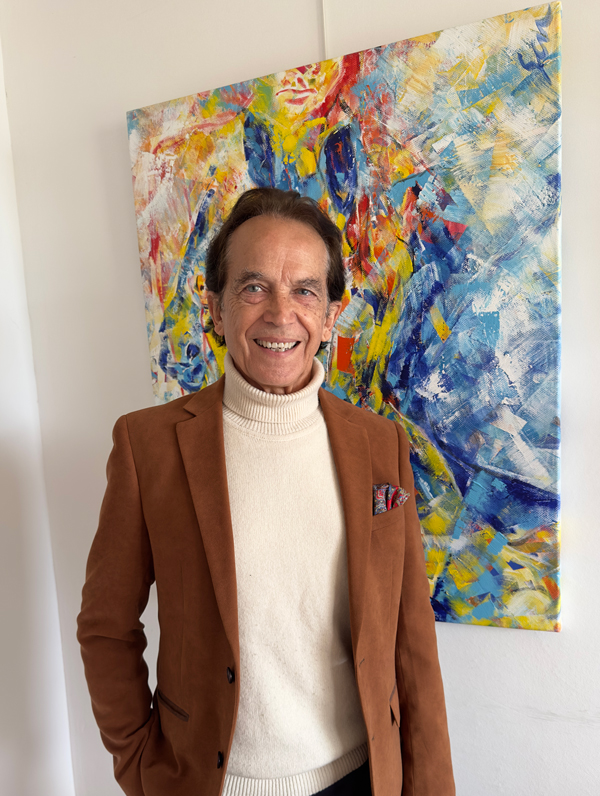
Opinion of gallerists
WHY COLLECTORS BUY SEN’S PAINTINGS
By Jean-Pierre de Faucigny-Lucinge,
– Parisian gallerist and curator
– Owner of Galerie Artrial in Perpignan, south of France
– Email: jpdefaucigny@gmail.com
Purpose 1. Aesthetics and composition
When any collector buys a painting by Sen, what they invariably and irrevocably cite the reason to be is overall aesthetics with its inimitable composition. They find the bright colours both exciting yet very relaxing. They say they love the way his paintings invigorate them and arouse their curiosity.
Purpose 2. Unique and singular style
Buyers realize Sen’s style is unique and singular, they have not seen “Abstract with hidden figuratives” anywhere else before. They say his paintings cannot stay unnoticed; they are not neutral. They reckon the value of his paintings will climb very high one day. So they buy his works as investment. They gift Sen’s paintings to their children and grandchildren, with the satisfying feel that when they become adults, they can make some money.
Purpose 3. Evokes engagement
Collectors get highly engaged with Sen’s paintings. They appreciate not just his painting themes, but unanimously praise the names of the paintings. Those who have been visiting the gallery for years say Sen’s paintings highly provoke them, displacing the way they look at art. They love the abstraction and search for the figurative in the painting before they buy.
Discovering the figurative after about 10 to 30 minutes bring them immense satisfaction. They say guests to their home get a big surprise seeing Sen’s paintings on the wall. Some collectors who had bought Sen’s paintings for their colours and abstraction, have come back to say that after the a few days of the painting hanging in their apartment, they were thrilled to suddenly find figuratives inside them.
Purpose 4. Decoration
Sen’s paintings highly attract buyers to decorate the interior of their homes. They say his bright colours make their apartment gay, inviting and positive.

Opinion of gallerists
SEN’S RISING VALUE PAINTINGS
By Corinne Asseraf
- Founder of Galerie 203, Montreal and Westmount, Canada
- Gallerist & curator
- Artist
Sen is a storyteller
Sen is a storyteller, not with words but with compositions and colours. Art lovers are moved by the joie de vivre, energy, and sensuality that emanate from his art. Value that grows with time. Collectors who have acquired Sen’s paintings have revealed to me that even after the passage of time, his paintings continue to evoke different interesting perspectives, day after day. They consider this aspect to be of significant value, making his paintings a great asset for the future.
A style exclusive to Sen
The dualism in Sen’s work has well-structured consistency and alluring tinctures. This convergence breaks all expectations. It metamorphoses into “Abstract with hidden figuratives”. The world has not seen this style before, it is quite decidedly exclusive to Sen.
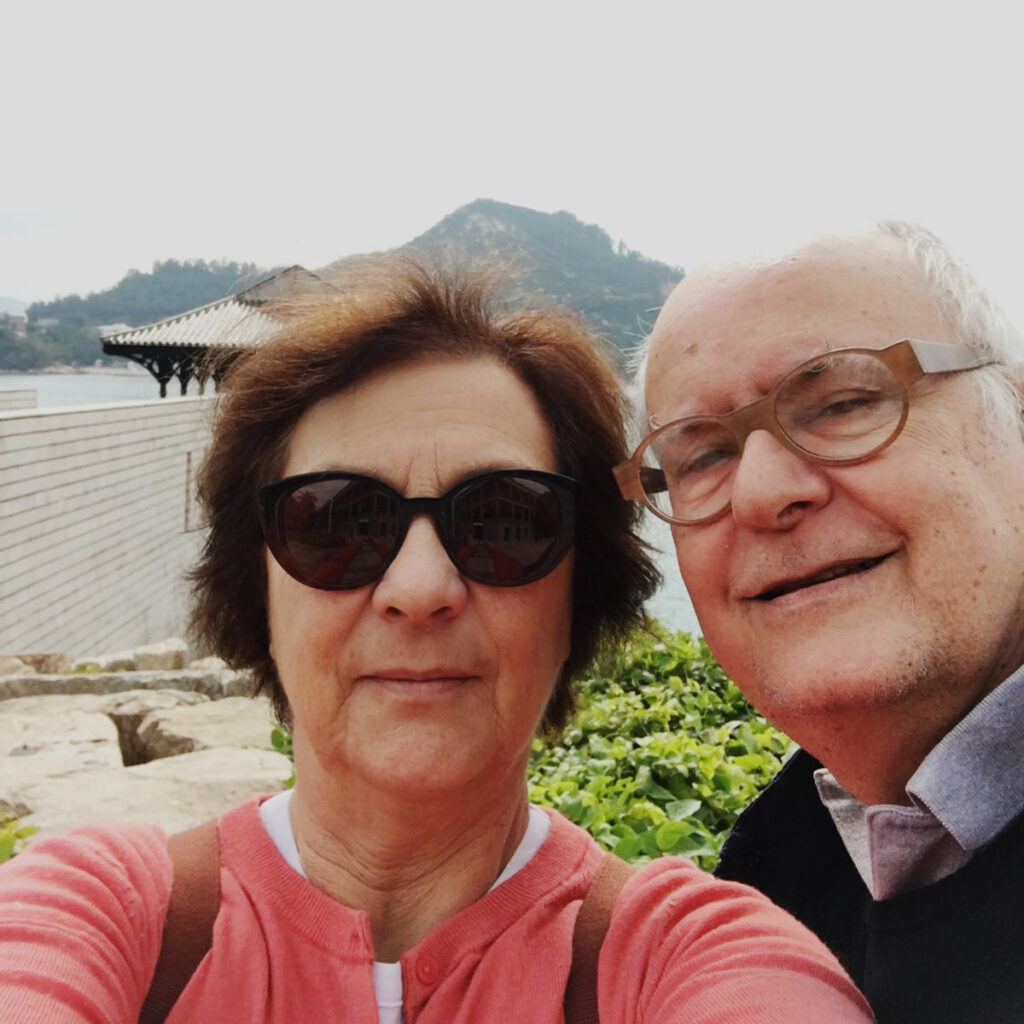
Opinion of collectors
An ever-changing painting
By Evelyne & Michel Banderly
Six Fours, France
An ever-changing painting
We have never before seen or experienced a painting style called Désordre Harmony. The surprise and curiosity such a painting in our living room evokes is unparalleled. It immediately attracts all eyes, bringing with it irreplaceable joy and unfathomable colours into our home. This painting by Sen Shombit is ideally placed above our sofa in our very modern environment in the sunshine of the south of France.
Unscrambling the painting
Our friends are first charmed by the painting’s abundance of colors. Then they wander around it and begin to decipher the subject of the Désordre painting. Panel by panel they try to fix and re-fix each panel in the magnetic slots the painting frame so conveniently provides. In this way they remove and rebuild the scrambled painting, bringing about a balance of the whole they feel happy to have achieved.
Viewers create their own imagination
Each person is pushed by his or her own imagination to move the 27 pieces and compose their own painting. We ourselves have imagined half a dozen versions before succeeding in assembling what we imagine was Sen’s initial composition. The beauty of such a désordre harmony painting is that each version seemed definitive to us. Then suddenly, if one detail catches our attention to be out of place, we try again and change everything! So our own imagination can now give us a new painting to enjoy everyday, or whenever we want to see some newness in our living room.
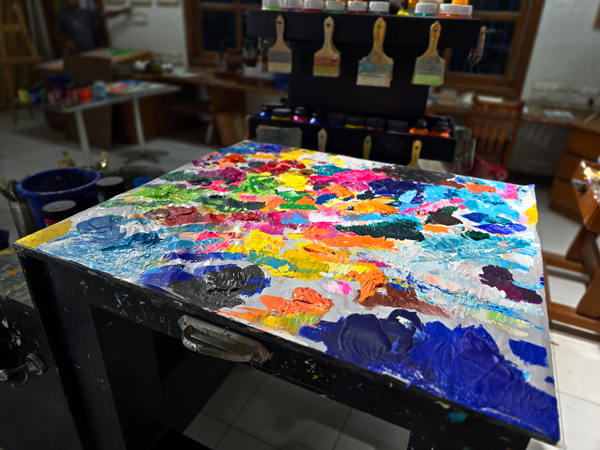
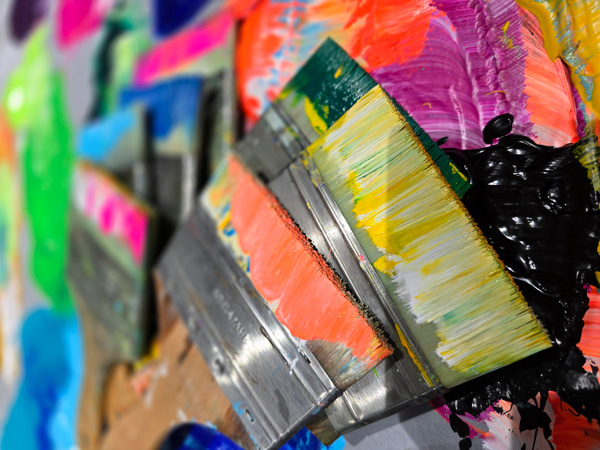
My daily painting life
My way of working
I paint for 10 to 15 hours every day. My “Abstract with hidden figuratives” style drowns me totally while working with new compositions, vibrant colours, 30cm large brushes, 1m x 1m palette, and small to big size canvases. All my energy is concentrated on unearthing the imaginative subject of my painting. I express myself freely so that my collectors can perceive and experience joy and fulfilment when engaging with my art.
Cleanliness brings fresh ideas
I am extremely meticulous that my canvas is stretched with wedges in a high-quality wooden chassis. At the end of each work day, I leave my studio extremely clean. Cleanliness was my mother’s training during our refugee camp life. She used to say, “You must always be clean in any situation of life. Dirtiness can never give you fresh ideas.” I need to see my next day in a completely fresh way, with newness for new ideas. I thoroughly clean my brushes myself and still use my 40-year-old brushes. The way a chef loves his old utensils, I too love my old brushes. My brush contact brings on a seasoning factor to my way of working which I can never replace.
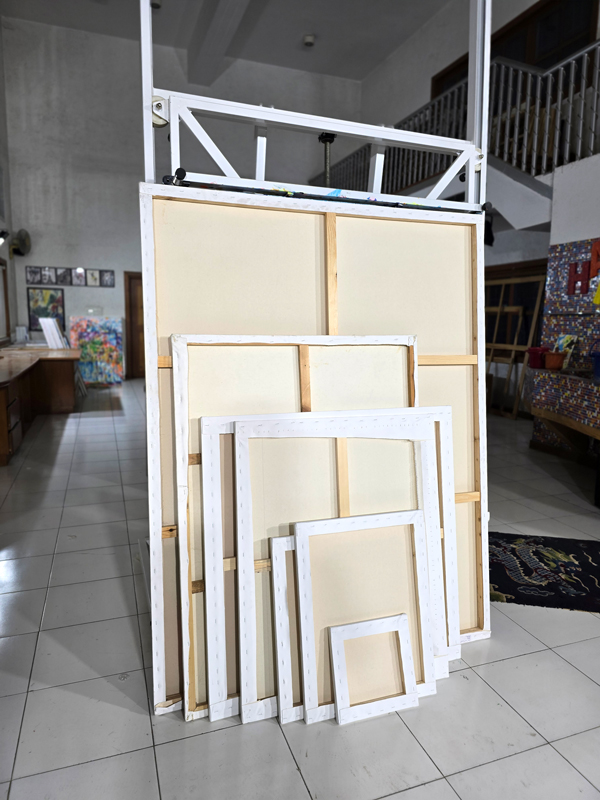
My exhibition logistics
I sincerely consider the establishment cost, revenue and profit generation of galleries. Interface with new viewers and collectors through the expertise of the gallery is great evolving goodwill for me. That is why I always develop a strong collaborative approach with galleries in every part of the world.
My solo exhibitions are always organized with 40 to 50 paintings of different sizes. I go all-out to offer a choice of sizes and prices to different collectors. Here are the sizes and number of paintings that a solo exhibition of mine would generally have:
30×30 cm = 12 paintings
50×65 cm = 6 paintings
80×100 cm = 10 paintings
100cm x100cm = 6 paintings
97x137cm = 10 paintings
140×180 cm= 6 paintings


